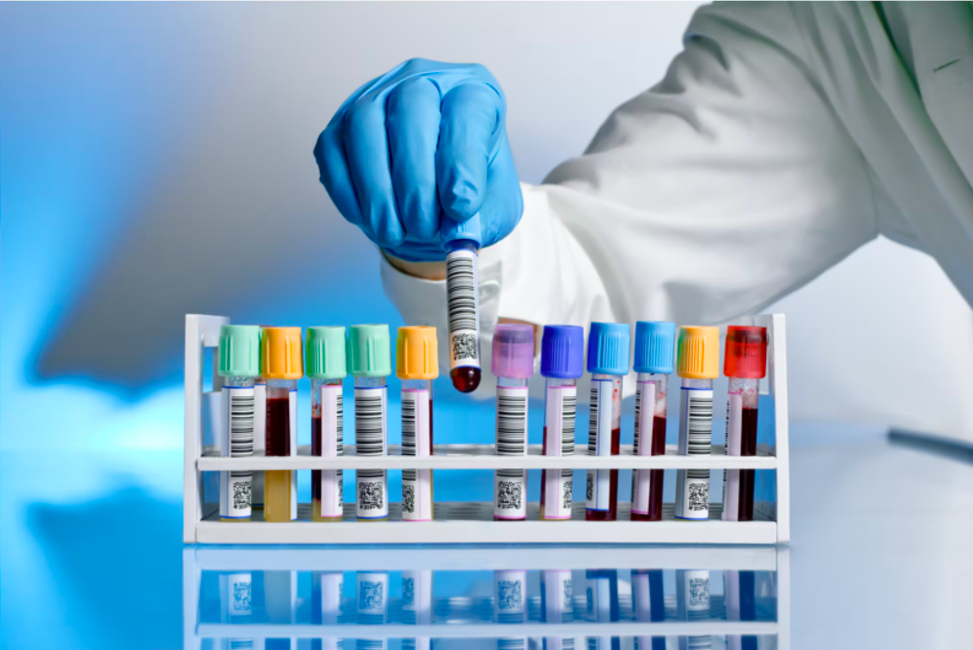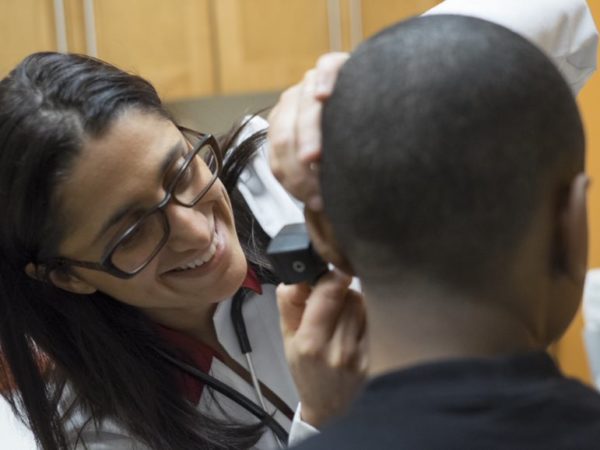
This article was republished here with permission from Great Lakes Echo.
By Isabella Figueroa, Great Lakes Echo
New grants to Great Lakes states to measure harmful chemicals in marginalized communities are facing uncertainty under increased White House scrutiny on federal spending.
In September 2024, the Centers for Disease Control and Prevention awarded a first round of $5 million across six state biomonitoring programs that measure chemicals in people. Michigan, Minnesota, New York and Wisconsin were among the states receiving grants.
The programs were selected to receive another $5 million annually through 2027, according to the CDC. But a recent Trump administration effort to freeze federal grants left the future of the program up in the air.
The Trump administration ordered a pause on federal grants on Jan. 27, calling it necessary to ensure spending is in line with Trump’s executive orders on civil rights, the environment and other issues. The Office of Management and Budget rescinded the order after 23 states sued to stop it. The states won a temporary restraining order against the freeze after the White House said it would proceed with the plan despite withdrawing the budget office order.
The freeze is temporarily blocked while the lawsuit continues. But the effort has left state health administrators to wonder whether remaining biomonitoring grant payments will be delivered by an administration that has signaled hostility toward environmental and equity programming.
“It remains unclear at this point what implications the changes in federal administration will have on this contract beyond year one,” said Erin Clary, deputy communications director with the New York State Department of Health.
The biomonitoring programs measure heavy metals, pesticides and other harmful substances in blood and urine in “communities unequally affected by exposure,” according to the CDC announcement. The agency did not respond to a request for comment.
Measuring exposure to improve health
Biomonitoring helps characterize human exposures to harmful chemicals, said Patrick Parsons, director of the Division of Environmental Health Sciences at the New York State Department of Health’s Wadsworth Center.
“The best way we can do that is by seeing what actually gets inside the body,” Parsons said. “Measuring blood and urine for a range of toxic chemicals is the way we do that.”
The New York State Environmental Biomonitoring Program measures exposure to harmful substances like PFAS, pesticides and metals. The program creates a baseline of exposure levels among New Yorkers.
Past biomonitoring efforts in New York have led to successful public health initiatives. Programs to educate people about mercury in skin-lightening creams and high-mercury fish have reduced exposure to this toxic metal, Parsons said.
New York focuses on cities including Buffalo, Rochester and Albany, which are identified as environmental justice blocks. These are areas with high poverty rates and significant minority populations which often face greater environmental health risks. The program targets these areas to fill gaps left by previous studies that did not adequately represent rural or high-poverty communities.
Metals and PFAS in pregnant Michiganders
Michigan’s Department of Health and Human Services also conducts biomonitoring to address PFAS and metals in the population. The state received $837,500 in 2024 from the CDC grant program and expected to receive the same amount in each of the next two years.
The state doesn’t don’t know how the change in administration will affect the grant at this time, said Betsy Wasilevich, senior epidemiologist with the DHHS Environmental Health Bureau.
The grant will fund the Michigan Chemical Exposure Monitoring program that measures nearly 200 chemicals among the participants, Wasilevich said.
“This is a project that intends to study the state as a whole, but with a special focus on populations where there’s environmental justice concerns,” she said.
Another CDC grant-funded project in Michigan focuses on pregnant adults and tests a smaller set of chemicals, including arsenic, mercury, lead and PFAS. This project aims to determine whether these chemicals are present in higher concentrations in pregnant individuals living in areas of increased environmental risk compared to other Michigan residents.
Wisconsin’s grant will fund studies to understand the impact of pesticides and metals from groundwater in rural communities. Minnesota will use its grant to research exposure to flame retardants, phthalates, metals, phenols and pesticides in 3- to 6-year-olds.
Catch more news at Great Lakes Now:
NOAA to study Great Lakes climate change with underwater robots
Students at Michigan State and Wisconsin win EPA funding for environmental health innovations
Featured image: The CDC supports state biomonitoring programs to identify chemicals that may be harmful to human health by measuring them in blood and urine. (Photo Credit: CDC)



